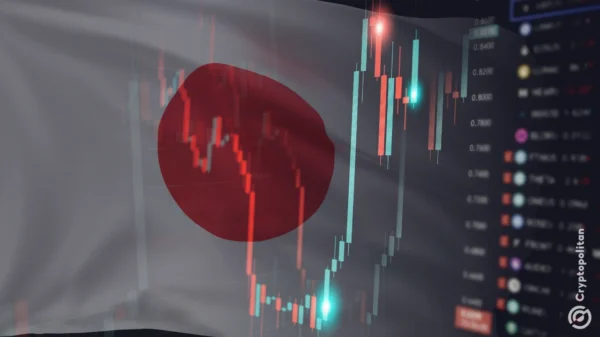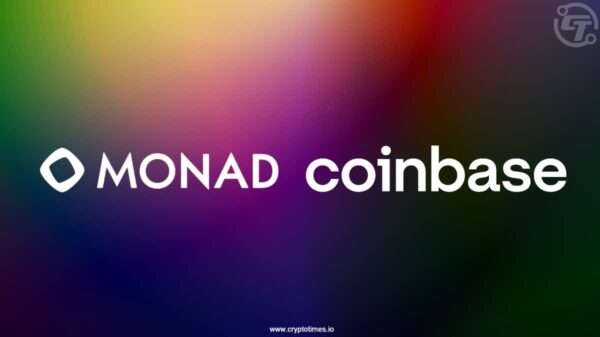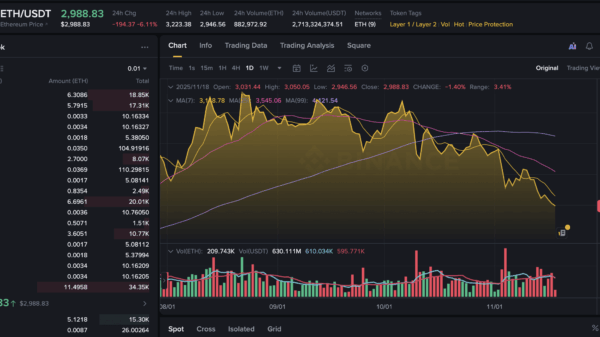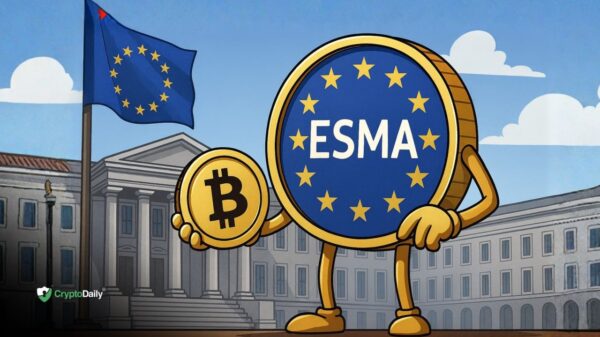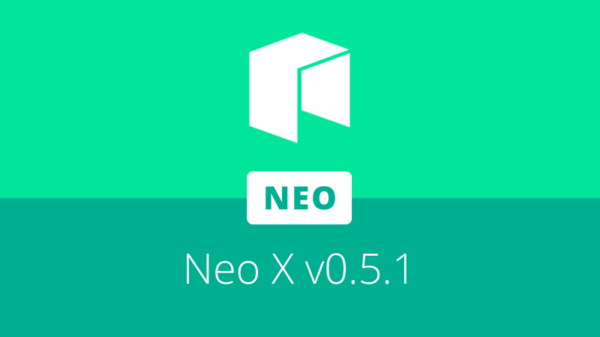In a significant development for the cryptocurrency landscape, Ethereum staking has seen a remarkable 28% increase in 2025, resulting in over 36 million ETH locked within the protocol. This surge reflects growing investor confidence and is closely linked to key upgrades and the activities of large holders, commonly referred to as whales.
The acceleration in Beacon Chain deposits marks a pivotal moment for Ethereum, nearing an all-time high in staked supply. Following the recent Dencun upgrade, large validators now have the ability to stake up to 2,048 ETH, a substantial increase from the previous limit of 32 ETH. This shift has historically correlated with price rallies in ETH, suggesting a potential bullish sentiment in the market.
As the Beacon Chain approaches the threshold of locking 35% of Ethereum”s total supply, the implications for ownership distribution and price dynamics are profound. A larger pool of locked ETH not only tightens supply but also enhances opportunities for DeFi collateral, thus stimulating on-chain activities. Despite record deposit momentum, ETH prices have remained relatively stable, fluctuating around $3,500.
Whales are indeed influencing the influx of new deposits into the Beacon Chain, particularly those wallets holding more than 10,000 ETH. In the fourth quarter alone, approximately 4.1 million ETH in deposits have been traced back to these substantial addresses. Additionally, a notable portion of these deposits has been facilitated through Binance, which currently manages over 24% of staked ETH. Over the past six months, Binance”s staking pool has significantly grown, capturing more than 25% of the liquid staking tokens market.
The recent adjustments allowing larger stakes enable whales to consolidate their positions in the Beacon Chain contract more effectively. This consolidation reduces the operational risks associated with managing multiple smaller nodes and also shortens compounding cycles for rewards.
However, the Ethereum staking exit queue continues to be a point of interest, with the current wait time reaching 37 days as of November 13. This lengthy process can extend up to 43 days, causing delays for approximately 2.15 million ETH awaiting unstaking. Such mechanics highlight the commitment required for unstaking, while new deposits are subject to a 21-day activation period before rewards commence.
In light of rising staked ETH, the landscape for DeFi and overall price movements is evolving. Treasury holders and ETFs are believed to hold significant balances, which could potentially add up to 12 million ETH over time. Additionally, over 27 million ETH is reported to be in self-custody, indicating a shift toward long-term accumulation strategies.
The tightening supply of staked ETH is poised to amplify price cycles in the future. Staking yields can reach up to 6.5%, depending on the chosen method, while liquid staking tokens offer users the flexibility to participate in DeFi while keeping their principal locked. As market structures evolve, participants are keenly monitoring the best Ethereum staking pools and observing whale staking activities.
In summary, the expanding locks, increased whale participation, and prolonged exit queues are reinforcing the significance of Ethereum staking as a powerful structural force in 2025.


